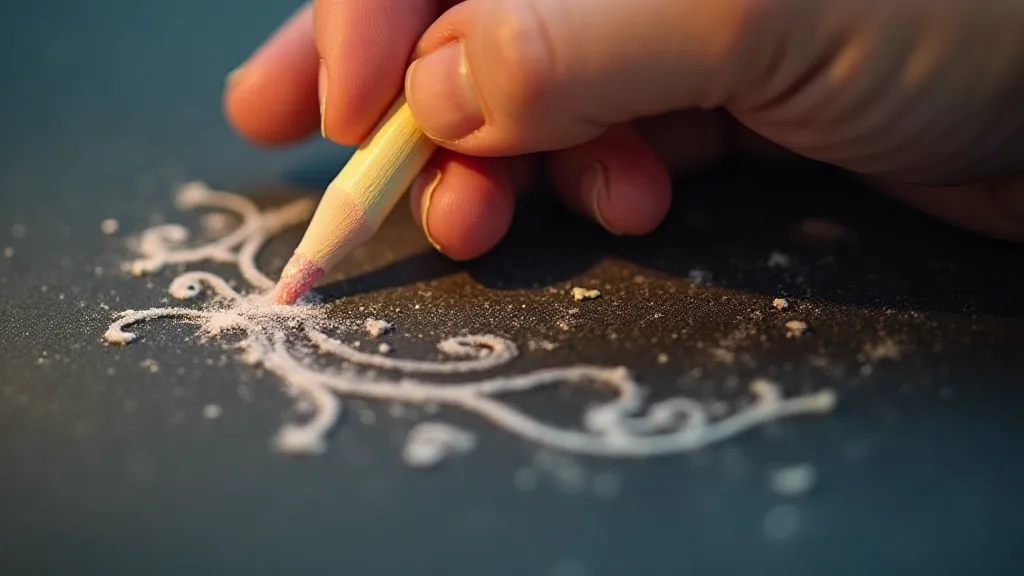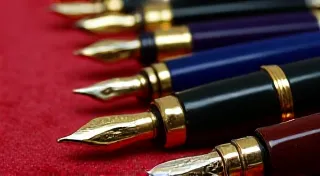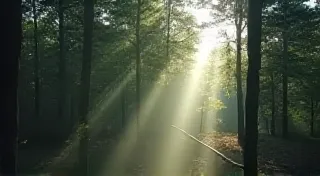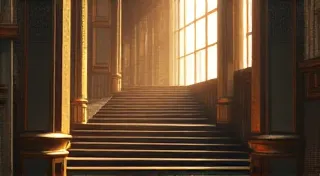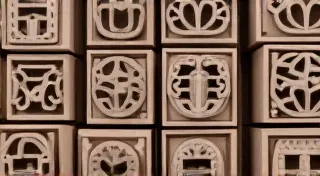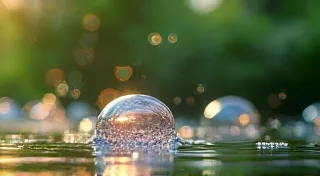Chalk & Light: Harnessing Ambient Illumination to Enhance Visual Storytelling
There's a quiet intimacy to the world of chalkboard art, a sense of ephemeral beauty that makes each piece feel precious. It's a medium that embraces imperfection, celebrating the textures and shadows that digital art often tries to erase. But beyond the initial sketching and the careful application of chalk, lies a deeper element, a subtle partner in the storytelling process: light. Understanding how to leverage both natural and artificial illumination isn't just about making your chalkboard art look *good*; it's about imbuing it with a mood, a feeling, a resonant quality that pulls the viewer in.
The Dance of Shadow and Chalk
My fascination with light and texture began long before I ever picked up a piece of chalk. It started with my grandfather’s antique accordion. He’s gone now, but I can still picture him, bathed in the afternoon light filtering through the dusty windows of his workshop, meticulously cleaning and repairing the instrument. The light would catch the bellows, highlighting the aged leather, the tiny imperfections in the wood, the burnished brass of the reeds. It wasn't just an accordion; it was a repository of memories, each scratch and dent whispering a story of travels, laughter, and perhaps a little heartache.
He taught me that true beauty lies not in flawless perfection but in the character revealed by light. Just as the light highlighted the wear and tear on the accordion, illuminating its history, it also reveals the nuances of chalk art. Harsh, direct light can flatten a piece, eliminating the subtle variations in tone that give chalk its depth. On the other hand, gentle, diffused light can create a feeling of warmth and intimacy, allowing the chalk's textures to truly shine.
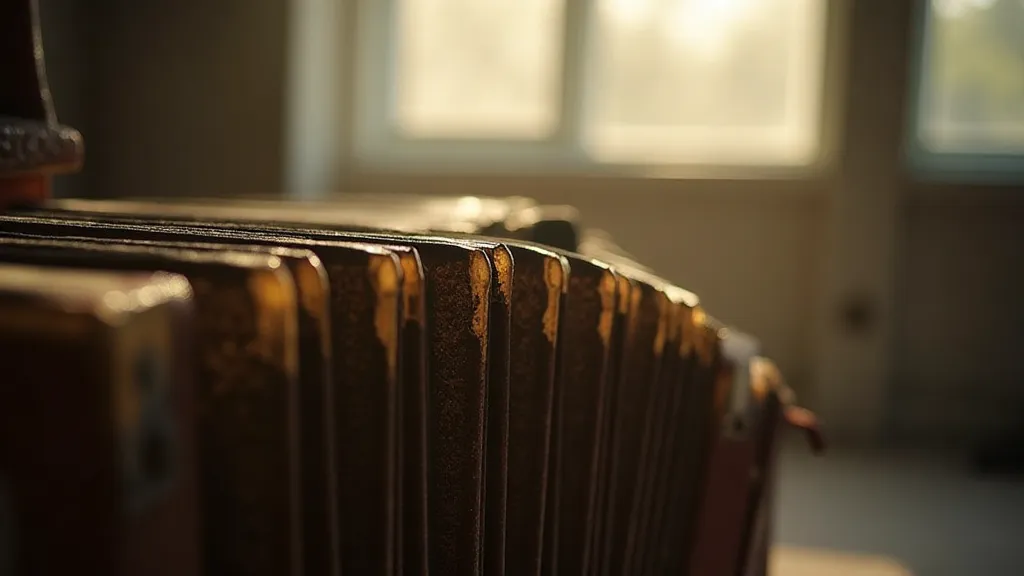
Historical Context: Chalkboards and the Age of Gaslight
The art of chalkboard lettering and illustration isn's a new phenomenon. Consider the Victorian era, when gaslight was the primary source of illumination. Chalkboards were ubiquitous—used for everything from shop signs to classroom instruction. Artists working with this medium understood the impact of gaslight instinctively. The flickering, often uneven light created an atmosphere of drama and mystery. This influenced the style and design of chalkboard art – often incorporating bold contrasts and dynamic compositions to cut through the gloom. Think about the theatricality of old-fashioned storefront signs – the elaborate fonts, the detailed illustrations, all designed to grab attention in a dimly lit street.
Later, as electric lighting became more prevalent, the challenge shifted. The consistent, brighter light demanded a different approach to design. Artists began to experiment with more subtle shading and intricate details, aiming to capture the viewer's eye in a more evenly lit environment. This evolution in lighting conditions profoundly shaped the aesthetics of chalkboard art, driving innovation in technique and style.
Understanding Light Direction: Sideshadows & Softening Harshness
When creating chalkboard art, conscious control over lighting is crucial. First, understand the basics of light direction. Direct light (like sunlight coming through a window) creates strong shadows, adding dimension but potentially obscuring details. Diffuse light (like an overcast day or light bouncing off a white wall) creates softer shadows and a more even illumination. Backlighting, where the light source is behind the artwork, can create a dramatic silhouette effect. Experiment with each of these approaches to see how they affect the overall mood of your piece.
If you're working with strong, direct light, consider diffusing it. You can use sheer curtains, lampshades, or even a sheet of tracing paper held between the light source and the chalkboard. This will soften the shadows and reveal more of the nuances in your artwork. Don't be afraid to embrace the shadows – they can add a sense of depth and mystery. Consider how the shadows play across the surface of the chalkboard, highlighting certain areas and obscuring others. Use this to your advantage, directing the viewer's eye to the most important elements of your composition.
Material Considerations: Chalk, Board, and Reflection
The materials themselves also influence how light interacts with your chalkboard art. Different types of chalk reflect light differently. Soft pastels tend to have a matte finish, absorbing light and creating a muted effect. Harder chalks, on the other hand, can have a slight sheen, reflecting more light. The texture of the chalkboard itself is also important. A rough surface will scatter light, creating a more diffused effect, while a smooth surface will reflect more light.
Consider the finish of the board itself. Some chalkboards have a glossy coating, which can create unwanted reflections. A matte finish is generally preferable, as it minimizes glare and allows the chalk to adhere better. Experiment with different types of chalk and different board finishes to see how they affect the overall look of your artwork. The smallest details can make a huge difference. Even the angle at which the board is positioned relative to the light source can dramatically alter the perceived brightness and contrast.
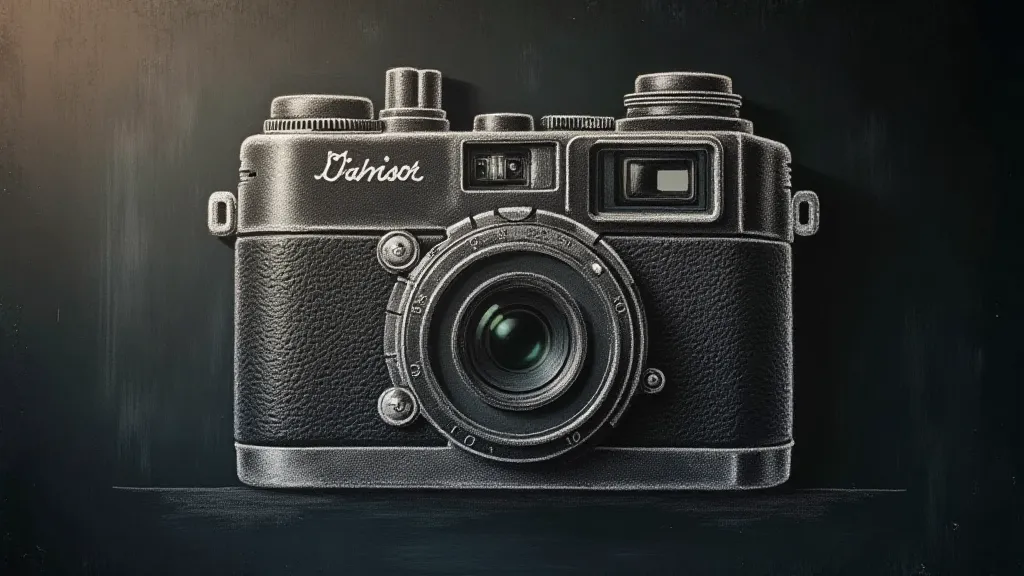
Restoration & Collection: Appreciating the Ephemerality
The very nature of chalk art – its impermanence – is part of its beauty. Unlike oil paintings or sculptures, chalkboard art is inherently transient. It's meant to be enjoyed in the moment, knowing that it will eventually fade or be erased. This ephemerality adds a sense of preciousness, urging us to appreciate its beauty while it lasts. It’s a fleeting moment captured in chalk and light.
For those interested in collecting or restoring antique chalkboards (though true restoration is often challenging due to the nature of the medium), the focus is often on preserving the board itself – protecting it from damage and maintaining its surface. Original chalk art is extremely rare. More commonly, one might find examples of transferred designs or reproductions. The real value lies in appreciating the craftsmanship of the board and the history it represents.
Beyond Technique: Evoking Emotion Through Light
Ultimately, mastering the art of using light in chalkboard art isn't just about technical skill; it's about understanding how to evoke emotion. Just as my grandfather’s accordion, bathed in sunlight, conveyed a sense of history and warmth, your chalkboard art can do the same. Experiment with different lighting techniques to create the mood you want to convey – whether it's a feeling of nostalgia, mystery, or joy. Let the light become a co-creator in your visual storytelling, imbuing your artwork with a depth and resonance that transcends the simple application of chalk.
